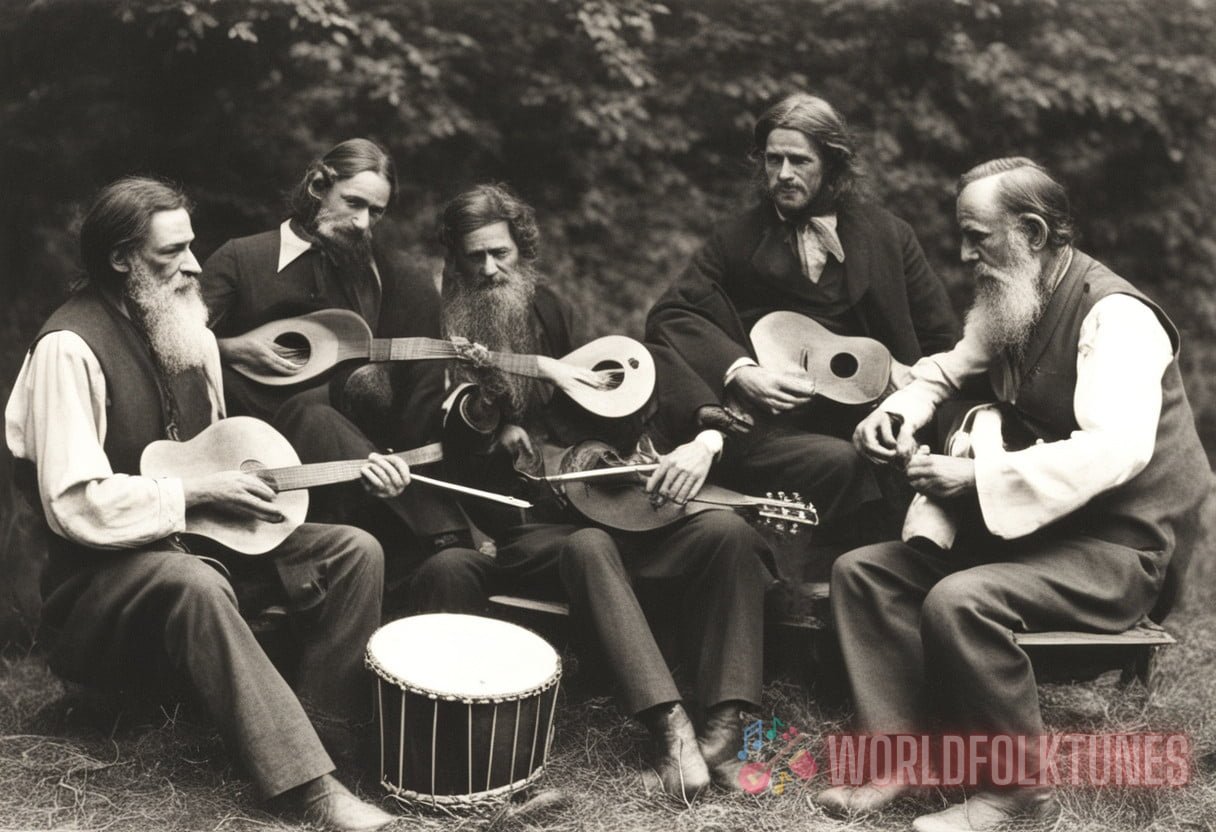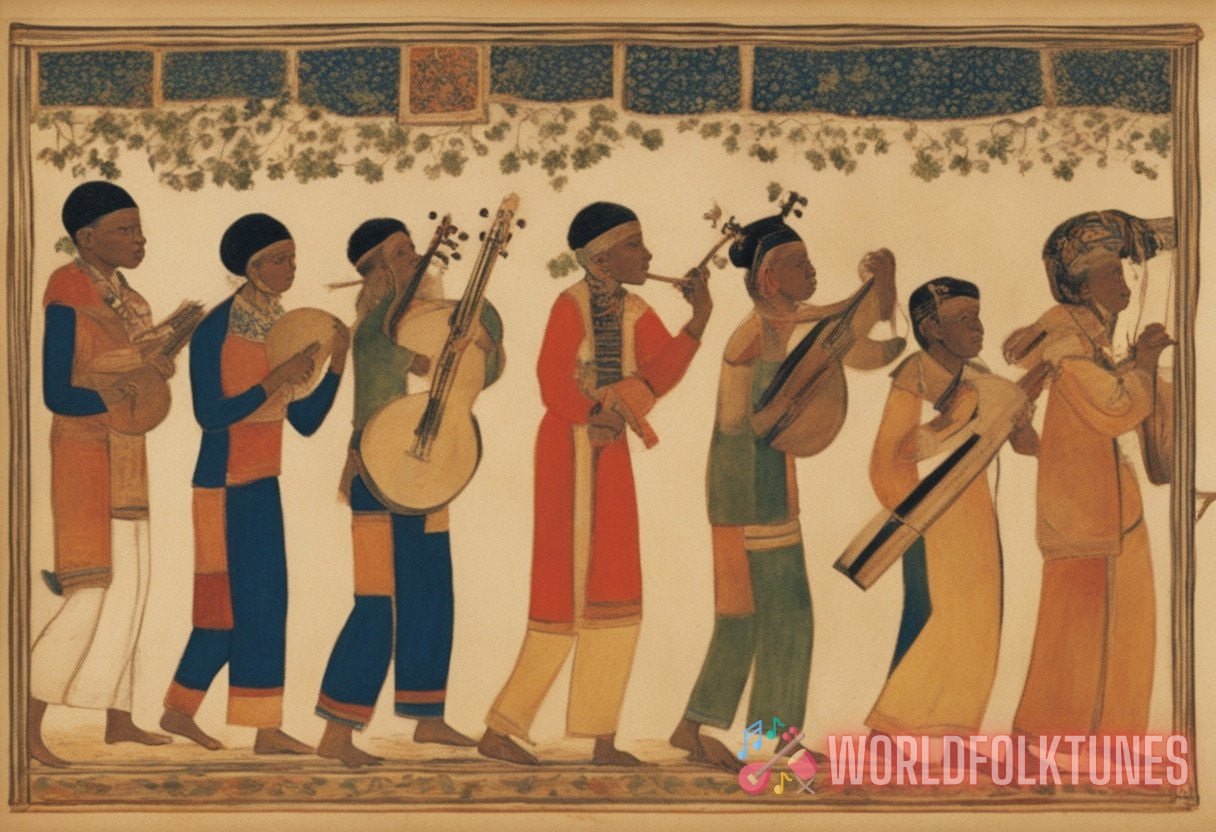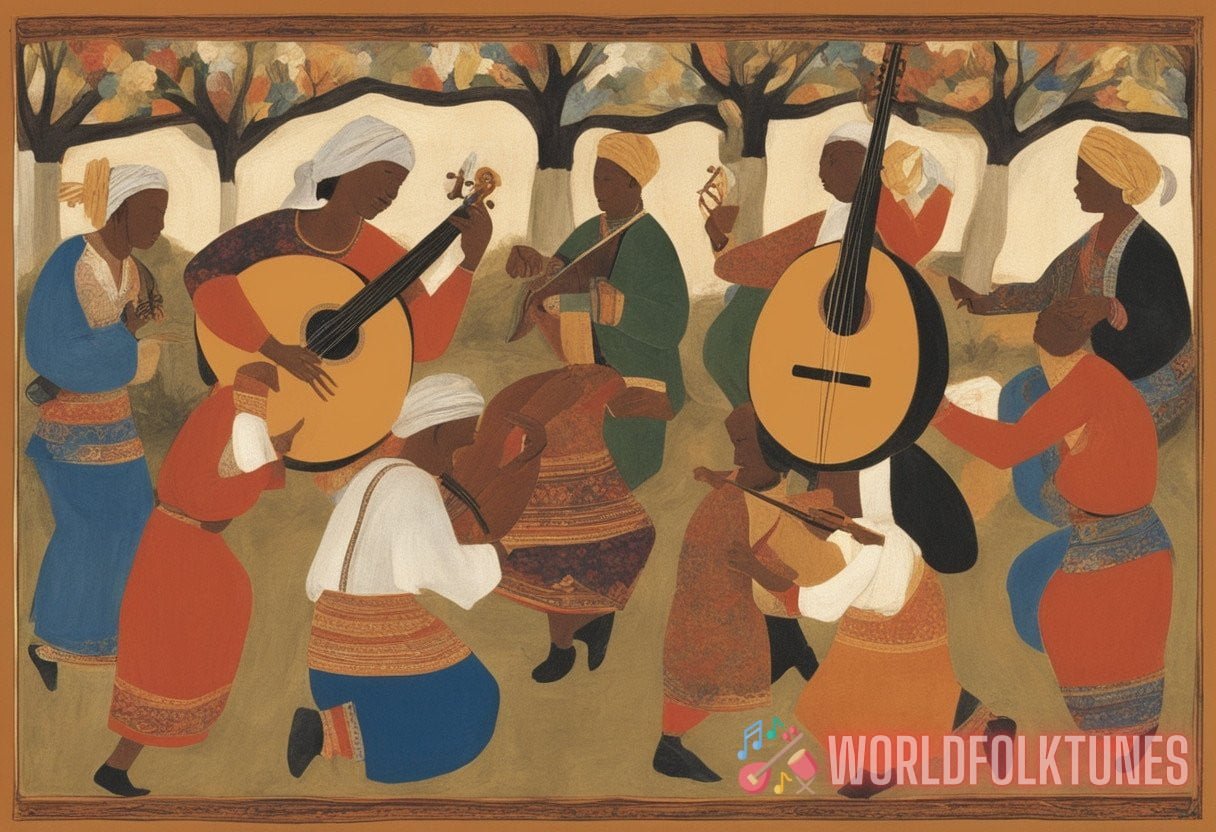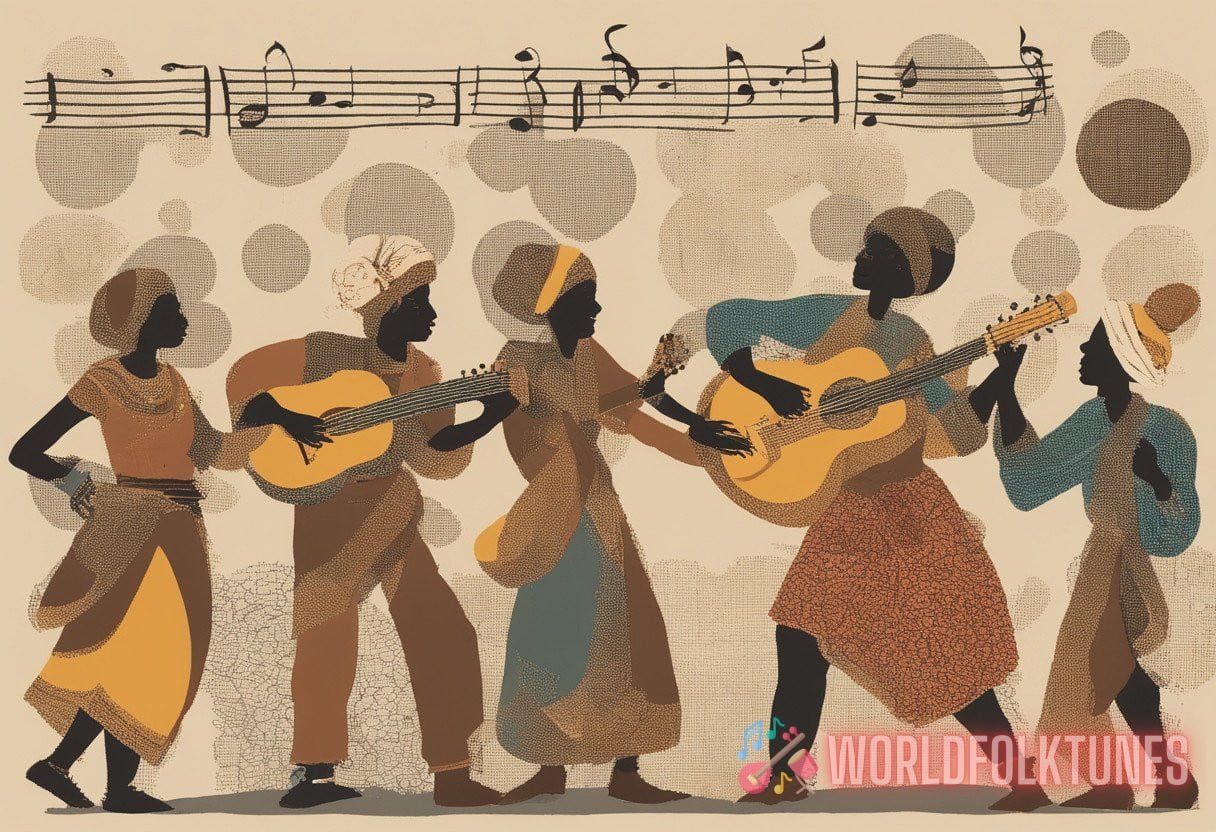Ethnomusicology Unveiled: The Cultural Resonance and Evolution of Folk Traditions
Ethnomusicology Unveiled: The Cultural Resonance and Evolution of Folk Traditions
Ethnomusicology, a fascinating interdisciplinary field, bridges the gap between musicology and anthropology, shedding light on the intricate web of cultural practices surrounding music.
Understanding Ethnomusicology
The term ‘ethnomusicology’ emerged in the mid-20th century, emphasizing the study of music within its cultural, social, and political contexts. Unlike traditional musicology, which often focuses on Western art music, ethnomusicology broadens its focus to include various cultural expressions and practices involving music.
The Roots of Ethnomusicology
The origins of ethnomusicology can be traced back to the 19th century when scholars began documenting and analyzing non-Western musical traditions. Early pioneers such as Franz Boas and Curt Sachs emphasized the cultural significance of music, advocating for a comprehensive approach that included folklore, dance, and other cultural expressions.
Key Components of Ethnomusicology
Ethnomusicologists employ a variety of methods to study music in its cultural context, including:
- Fieldwork: Immersing in the culture being studied through participant observation and interaction.
- Ethnography: Creating detailed descriptive studies of musical practices within communities.
- Comparative Analysis: Comparing musical forms and practices across cultures to identify patterns and differences.
This interdisciplinary approach allows researchers to gain a deeper understanding of how music functions within societies, reinforcing the idea that music is a universal cultural expression, yet uniquely adapted to each community’s needs and values.
The Evolution of Folk Traditions
Folk music is often seen as the musical backbone of society, providing insights into the historical, social, and cultural fabric of a community. Its evolution is a testament to the dynamic interplay between tradition and innovation.
Defining Folk Traditions
Folk traditions encompass a wide array of musical styles and practices, typically passed down orally from generation to generation. These practices often reflect the cultural identity, social history, and communal values of the people who create and maintain them.
The Role of Oral Tradition
Oral tradition plays a pivotal role in the transmission and preservation of folk music. Unlike written music, which can be fixed and unchanging, oral tradition allows for continual adaptation and evolution, ensuring that the music remains relevant to contemporary listeners while preserving a connection to the past.
Cultural Resonance of Folk Music
Folk music resonates deeply within communities, serving multiple functions, including:
- Storytelling: Conveying historical events, moral lessons, and communal values through narrative songs.
- Ritual and Ceremony: Marking significant life events, religious ceremonies, and seasonal festivals with music and dance.
- Social Connectivity: Fostering a sense of community and belonging through participatory musical activities.
The cultural resonance of folk music lies in its ability to adapt and transform in response to changing social and cultural landscapes, while maintaining a deep-rooted connection to communal heritage.
Case Studies: Folk Traditions Around the World
The Appalachian Mountains: A Melting Pot of Musical Influences
The folk music of the Appalachian Mountains in the United States exemplifies the dynamic nature of folk traditions. Influenced by the musical practices of early European settlers, African slaves, and Native American populations, Appalachian music is characterized by its diverse instrumentation, including the banjo, fiddle, and dulcimer, and its rich repertoire of ballads and dance tunes.
The Role of Folk Memory in Shaping Appalachian Music

The preservation of Appalachian music can be attributed to the concept of folk memory—the collective remembrance and perpetuation of cultural knowledge through oral and musical traditions. This process ensures that the music remains a living tradition, constantly evolving while retaining its historical roots.
The Gamelan Orchestra of Indonesia
In Indonesia, the Gamelan orchestra represents a unique fusion of music, dance, and theatre. Comprising a variety of metallophones, gongs, and drums, the Gamelan is integral to many ceremonial and cultural events. Its complex interlocking rhythms and cyclical structures reflect Indonesia’s intricate social and cosmological beliefs.
Cultural Significance of the Gamelan
The Gamelan is not merely a musical ensemble; it embodies the cultural values and societal norms of Indonesian communities. Performances often involve elaborate rituals and are viewed as an offering to deities and spirits, reinforcing the interconnectedness of music, spirituality, and cultural identity.
The Celtic Traditions of Ireland and Scotland
Celtic music, with its mythical ballads, lively jigs, and soulful laments, is a cornerstone of Irish and Scottish cultural heritage. Instruments such as the harp, bagpipes, and tin whistle play a central role in Celtic music, which is celebrated globally for its emotive melodies and rich, narrative lyrics.
The Evolution of Celtic Music
The evolution of Celtic music can be seen in its adaptation to contemporary genres. Modern artists often blend traditional Celtic elements with rock, pop, and classical music, creating a vibrant, evolving musical tradition that resonates with new generations while honoring its ancient roots.
Ethnomusicology and the Digital Age
The advent of digital technology has revolutionized ethnomusicology, offering new tools and platforms for the study, preservation, and dissemination of folk traditions. Digital archiving, online databases, and virtual fieldwork are expanding the reach and impact of ethnomusicological research.
Digital Preservation of Folk Music
Digital archives and platforms allow for the preservation of folk music in unprecedented ways. High-quality recordings, videos, and transcriptions can be stored and accessed globally, ensuring that even the most remote and ephemeral traditions are documented for future generations.
Virtual Fieldwork and Collaboration
Virtual fieldwork offers new opportunities for collaboration and engagement. Ethnomusicologists can now conduct interviews, participate in musical events, and gather data remotely, overcoming geographical and logistical barriers. Online forums and platforms facilitate cross-cultural exchanges and collaborations, enriching the field with diverse perspectives and insights.
The Future of Ethnomusicology
As we move forward, ethnomusicology will continue to play a vital role in understanding the cultural resonance and evolution of folk traditions. By embracing new technologies and methodologies, researchers can deepen their engagement with musical communities, fostering a greater appreciation for the rich tapestry of human cultural expression.
Challenges Ahead
Despite its advancements, ethnomusicology faces several challenges, including:
- Ethical Considerations: Navigating the complexities of cultural appropriation and representation in research and dissemination.
- Funding and Resources: Securing adequate funding and resources for comprehensive fieldwork and archival projects.
- Balancing Tradition and Innovation: Preserving traditional practices while accommodating contemporary adaptations and influences.
A Collaborative Future
The future of ethnomusicology lies in collaborative efforts that bridge the gap between researchers, practitioners, and communities. By fostering mutual respect and understanding, ethnomusicologists can contribute to the sustainable preservation and celebration of folk traditions worldwide.
Conclusion
Ethnomusicology unveils the profound cultural resonance and evolution of folk traditions, highlighting the enduring power of music to shape and reflect human experience. As we continue to explore and document these vibrant musical practices, we deepen our appreciation for the diverse and dynamic world of folk music. For further reading, explore our articles on folk memory and folk commentary.



